The History File
September 2019
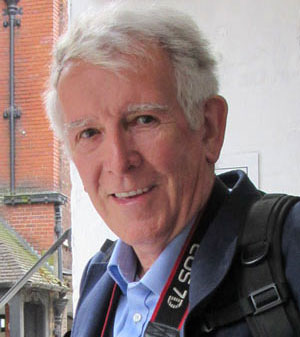
David Cummings
Coins and Seals
One of the most interesting things about being involved in caring for village history is that “things have a habit of turning up when least expected.” An example of that is a coin from 1580 dug up in the Manor House Garden many years ago now. It is a coin of the reign of Queen Elizabeth 1st and as the Manor House is said to date from 1603 could it have been dropped by a builder, or an early occupant of the house? (Images 1 & 2)
Other coins (images 3 to 9) that have been found in the village, have been dated to the period of Edward I. I have recently been reading about the life of Edward I, and his connections with Chester and the Castles of North Wales, and was delighted to recognise his face on the coins found in the village (images 3, 5, 6 & 8) from a picture in the book. As in the case of the Elizabethan coin, could these Edwardian coins be from craftsmen & trades people travelling to Chester to help build the castles in North Wales, as Christleton was clearly on the route they would have taken. This was a period when hundreds of craftsmen, carpenters, stonemasons, diggers & hewers from all parts of the country would have used this route. In a document produced by the Chester Civic Trust, it states that in the year 1280, 6,530 woodcutters, 1,100diggers, 410 carpenters and 115 stone masons were used to build the castles designed by Edward I, Military Architects James of St George and Richard the Engineer. With construction work generally suspended in the winter, many of the craftsmen, for whom the journey home was impracticable, may have sought temporary lodgings in and around Chester.
Another good source of historical information came from the activities of Rev’d Alyn Arthur Guest Williams, who was a keen antiquarian and collector. When I retired I took on the task of cataloguing his collection of papers and artefacts at the Cheshire Archives & Record Office. There were over 40 boxes of papers relating to his family, or that he had acquired, and among the thousands of items seen, was what appeared to be an important document on calf skin with a huge wax seal. I immediately recognised that the seal belonged to Robert Dudley, Earl of Leycester as it showed the family crest of the Bear & Ragged staff on the front and a Knight in armour on the reverse. As I folded back the paper held by a ribbon at the bottom of the document I could clearly see the signature R Leycester. This document appears to be giving land in Denbigh to Baron Lord Robert a child of Robert Dudley and Lettice Knolles, once a lady in waiting to Queen Elizabeth I. Robert Dudley was a highly controversial figure in Elizabeth’s life, a statesman and favourite of the Queen, in fact a suitor for her hand for many years. The child called “The noble Impe” on his tomb at St Mary’s Warwick, died aged 3 ½ yrs. I will expand this story later in the year, but the photographs illustrate some of the images of the Bear & Ragged staff, I’ve found whilst investigating the story.
The Rector, Alyn Arthur Guest Williams was also a collector of fine silver and it is said that during his time as Rector between 1924 to 1968, he gave both couples he married and children he baptised, the gift of a silver spoon. The one illustrated was found in the garden of a house in the village, and although we are not sure it came from the Rector’s collection, it was claimed at the time to be worth thousands of pounds. When the Rector died his collection of silver was said to have been valued at over half a million pounds. In his boxes of family papers there were many other fine documents, and a rare hand draw image of Charles II was found on a folded piece of vellum, giving land back to an inhabitant in the village whose land had been taken by Parliament during the Civil war between 1642-46.
-
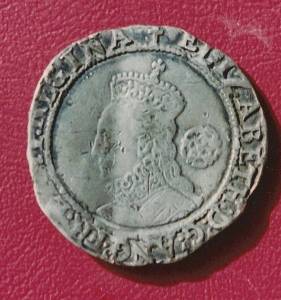
Queen Elizabeth I - Image 1
-

Queen Elizabeth I cover - Image 2
-
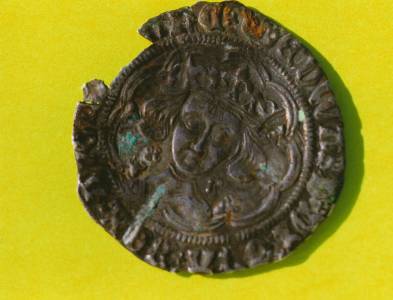
King Edward I
-
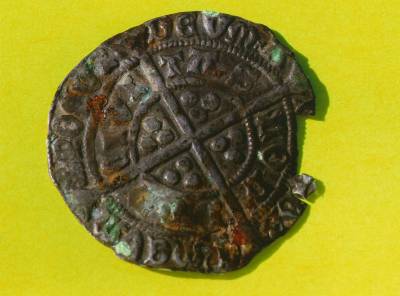
King Edward I cover
-
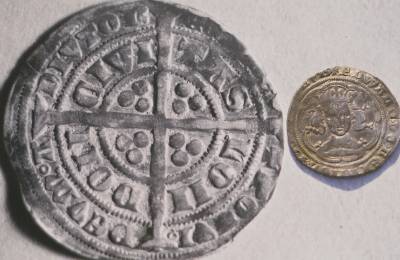
Edward Ist
-

Enlarged King Edward I coin
-
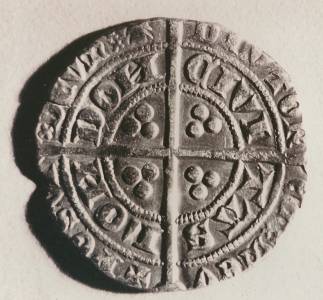
Baptism spoon
-
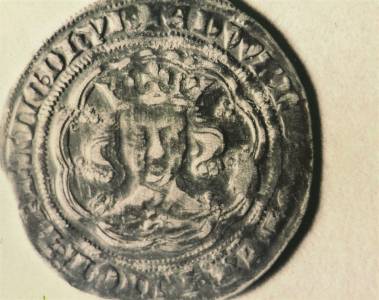
Coin of Edward Ist
-
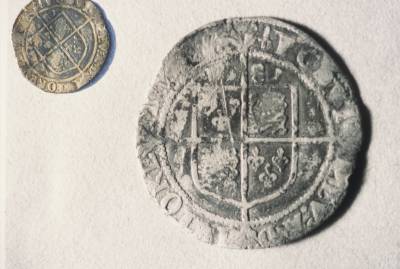
Coin heads
-
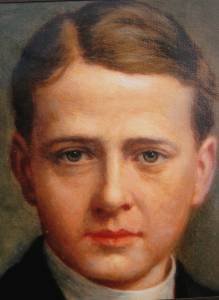
Revd. A. A. Guest Williams
-
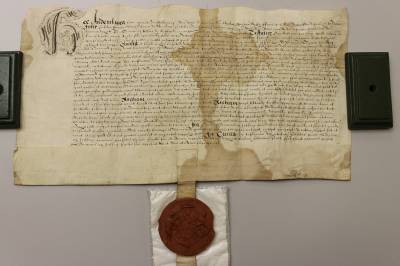
Document of Robert Dudley
-

Seal of Lord Leycester
-
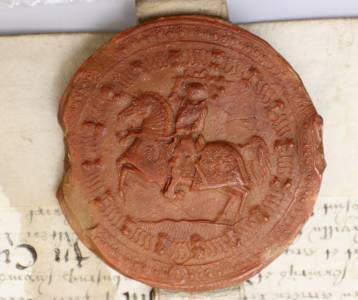
Reverse of Lord Leycester Seal
-
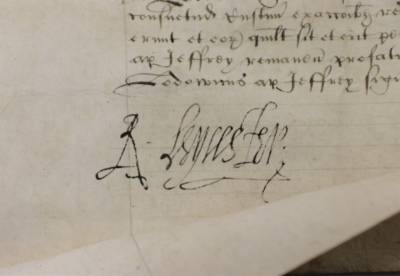
Robert's Signature
-
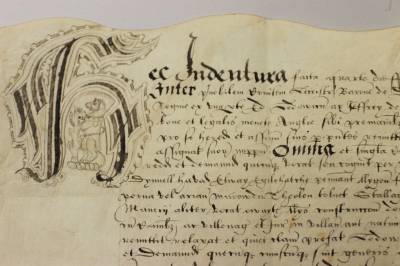
Sign of Bear & Ragged Staff
-

Bear & Ragged Staff
-
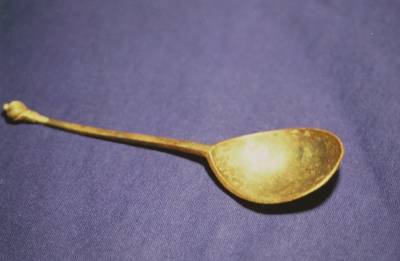
Baptism spoon
-
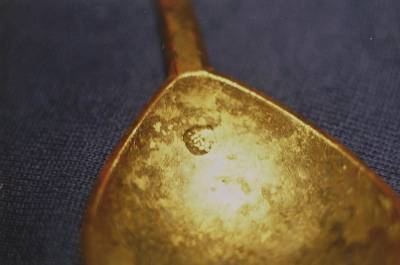
Baptism Spoon detail
-
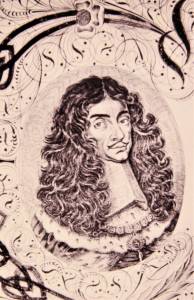
Document of Charles II
-
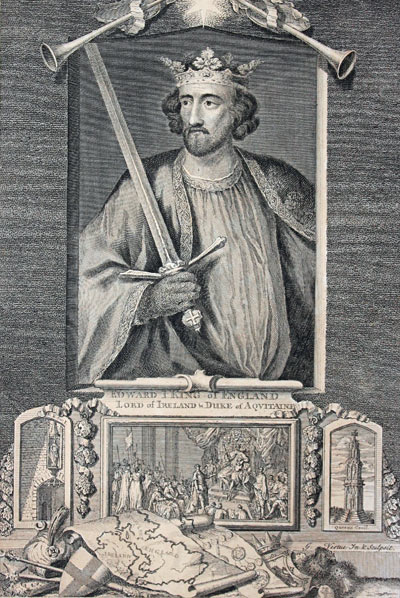
Edward I



















